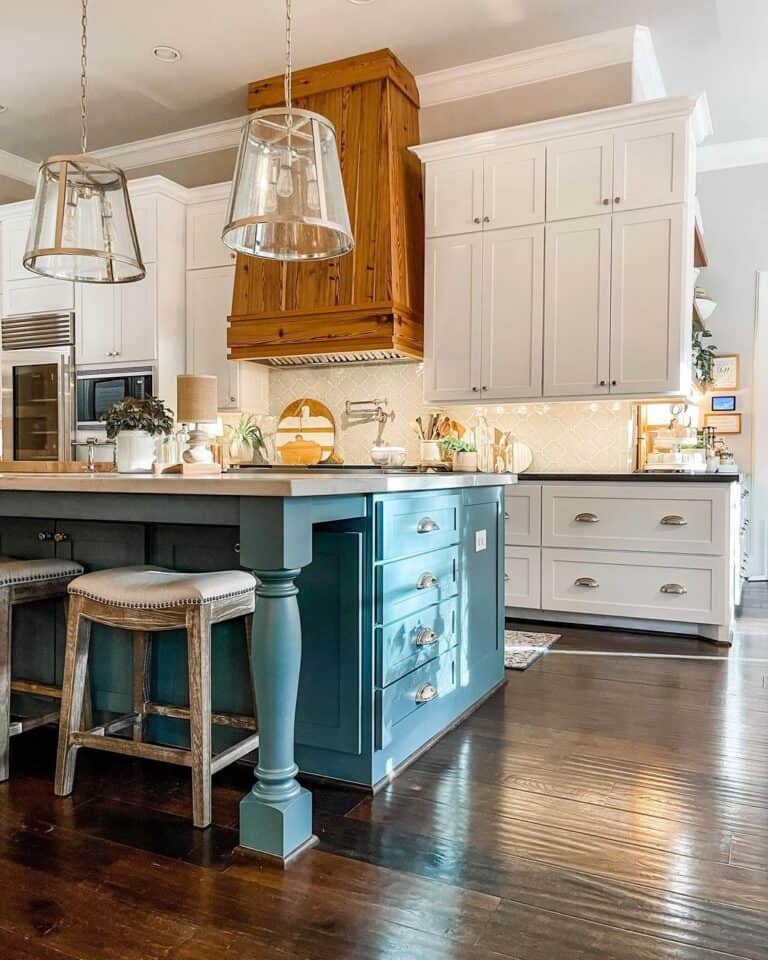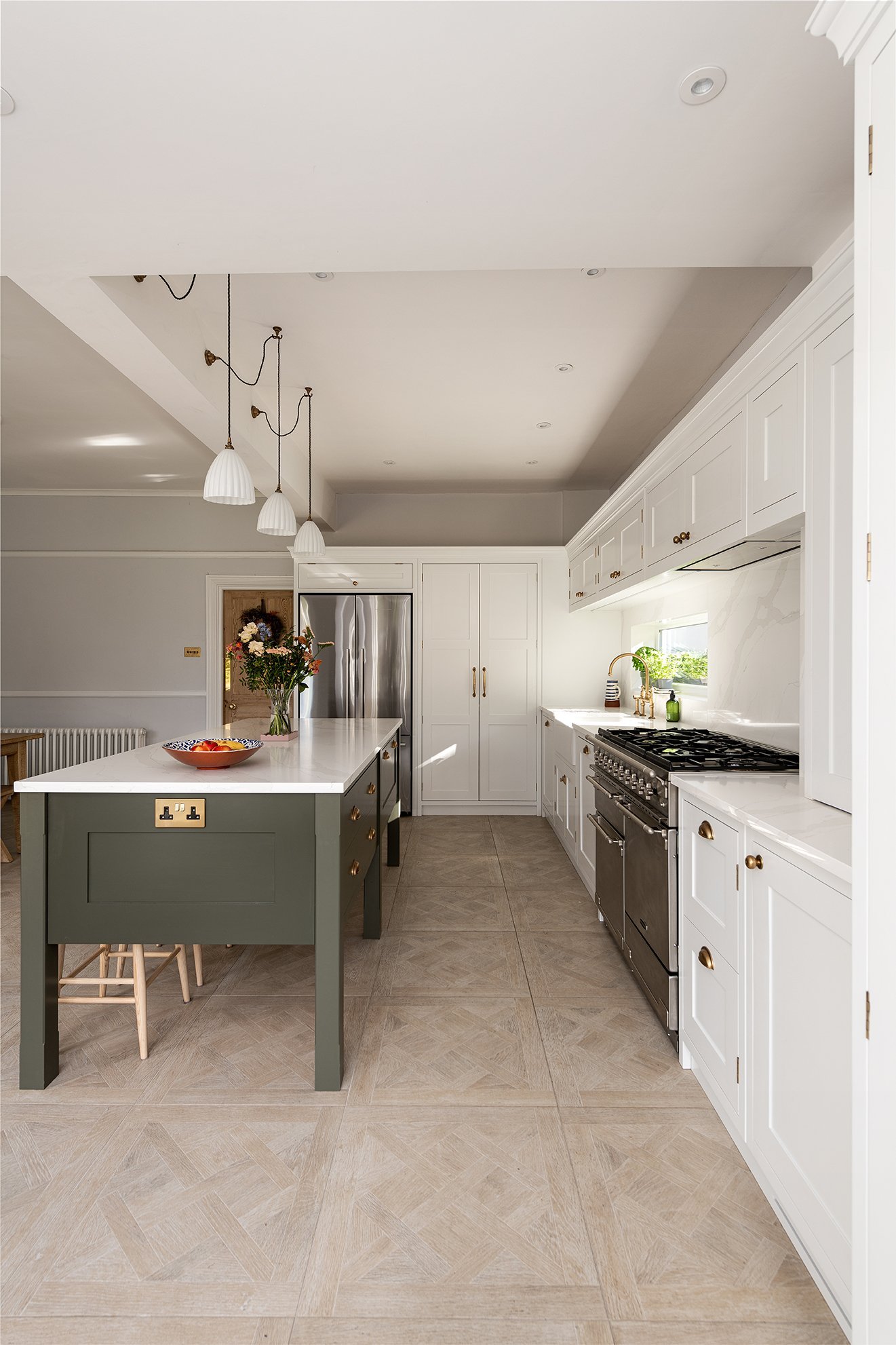A Guide to Picking the Perfect Cooking Area Island for Your Home
Selecting the perfect kitchen area island is a multi-faceted choice that can significantly affect both the capability and looks of your home. Comprehending your kitchen area's spatial dynamics is the preliminary action, guaranteeing that the island fits flawlessly without interfering with the flow. Past room considerations, recognizing the primary function of the island-- be it for meal preparation, dining, or added storage-- is essential. The choice of finishes and materials additionally plays a vital function in balancing the island with your cooking area's total design. As we discover these elements better, the nuances of each choice will come to be clear.
Assessing Your Area
Prior to selecting a kitchen island, it is important to thoroughly evaluate your room to guarantee the enhancement will be both useful and cosmetically pleasing. Begin by determining the readily available location, consisting of the width, size, and height of the kitchen area. Exact dimensions are essential to prevent acquiring an island that overwhelms the room or one that is disproportionately small.
Take into consideration the existing format and just how the island will certainly incorporate with the existing web traffic circulation. A well-placed island needs to not hamper or obstruct paths accessibility to important devices, such as the refrigerator, cooktop, and sink. Leave ample clearance space-- normally around 36 to 48 inches on all sides-- to permit for comfortable motion and work space effectiveness.
Following, examine the natural light and sightlines within your cooking area. An island that obstructs a window or interrupts aesthetic cohesion can make the area feel confined and dark. Believe regarding just how the island's positioning will impact illumination and exposure, guaranteeing it boosts instead than detracts from the kitchen's ambiance.
Figuring Out the Function
Determining the purpose of your kitchen island is an essential action in guaranteeing it satisfies your specific needs and choices. Before diving right into style or size factors to consider, it is necessary to clarify what main function the island will serve in your cooking area. Will it be a central hub for dish preparation, a laid-back eating location, or possibly an additional storage option?
For those that appreciate food preparation, incorporating appliances such as a cooktop or sink might be required. Furthermore, enough counter room for blending and slicing, in addition to easily accessible storage for cooking area devices and active ingredients, can transform the island into an efficient workstation. Conversely, if the island is intended to serve or help with social communications as a dining location, seating arrangements become extremely important. In this instance, making certain adequate legroom and surface for comfortable eating experiences is essential.

Picking the Right Size
Choosing the best size for your kitchen island is a balance of functionality and space optimization. A suitable kitchen area island need to offer sufficient work space while making certain that motion around the kitchen remains unimpeded. Begin by measuring your kitchen area space; a minimum clearance of 36 to 42 inches around the island is essential to enable comfy motion and ease of access.
The dimensions of the island ought to reflect its intended use. If the island will serve largely as a prep area, a width of 24 to 36 inches might be sufficient.

Last but not least, ensure that the island's dimension complements the general kitchen format, avoiding any type of overwhelming existence that could detract from the cooking area's aesthetic and energy - kitchen island legs. Careful planning and accurate measurements will certainly help you attain a reliable and unified cooking area environment
Picking Products and Finishes
After identifying the suitable size for your kitchen area island, the next action entails choosing suitable materials and surfaces. The choice of materials dramatically influences both the aesthetic appeal and performance of your cooking area island. Popular products for countertops include quartz, butcher, and granite block, each offering distinctive benefits.
Along with the counter top, take into consideration the products for the space station. Strong wood offers a traditional, strong look, while stainless steel provides a streamlined, modern-day look and is very easy to tidy. Painted surfaces can introduce a sprinkle of color, with choices ranging from muted pastels to vibrant, vibrant tones.
When picking coatings, guarantee they enhance the total kitchen design. Matte coatings supply a modern feel, while shiny finishes can create a polished, from this source premium appearance. Take note of the toughness of surfaces, particularly in high-traffic areas, to keep the island's look gradually. Selecting the best materials and finishes will certainly improve both the functionality and aesthetic charm of your kitchen area island.
Incorporating Functional Attributes
Integrating functional attributes into your cooking area island can dramatically improve its energy and benefit, changing it right into a versatile focal point of your kitchen. One essential attribute to consider is additional storage. Incorporating cupboards, drawers, and open shelving can give much-needed space for cooking equipment, tools, and little devices, assisting to maintain a clutter-free atmosphere.
One more beneficial addition is a built-in sink or cooktop, which can simplify dish prep work and clean-up processes. A sink can assist in jobs such as cleaning veggies and cleaning dishes, while a cooktop can permit cooking directly on the island, promoting more tips here an extra social and interactive cooking experience.
Think about including seating options, particularly if your kitchen doubles as a casual eating location. Bar feceses or built-in benches can transform the island into a multifunctional space for dishes, homework, or laid-back events.
Finally, incorporating electric outlets into your kitchen island can enhance its functionality. Electrical outlets give practical access for small kitchen appliances, charging stations for electronic tools, and additional illumination choices.
Final Thought

Prior to selecting a cooking area island, it is vital to thoroughly evaluate your space to make certain the enhancement will certainly be both useful and cosmetically pleasing.Choosing the right dimension for your kitchen island is an equilibrium of performance and room optimization. kitchen island legs. A perfect kitchen area island must give sufficient work area while making sure that motion around the kitchen area stays unobstructed.Incorporating practical functions into your kitchen island can considerably enhance get redirected here its utility and convenience, changing it into a versatile focal point of your kitchen area.In final thought, selecting the ideal kitchen area island necessitates an extensive assessment of the available area, clearness regarding its primary feature, and mindful consideration of the appropriate dimension and materials